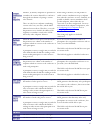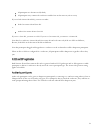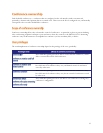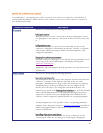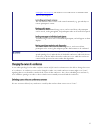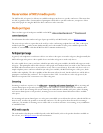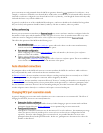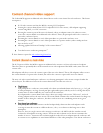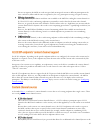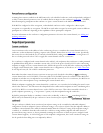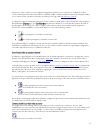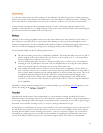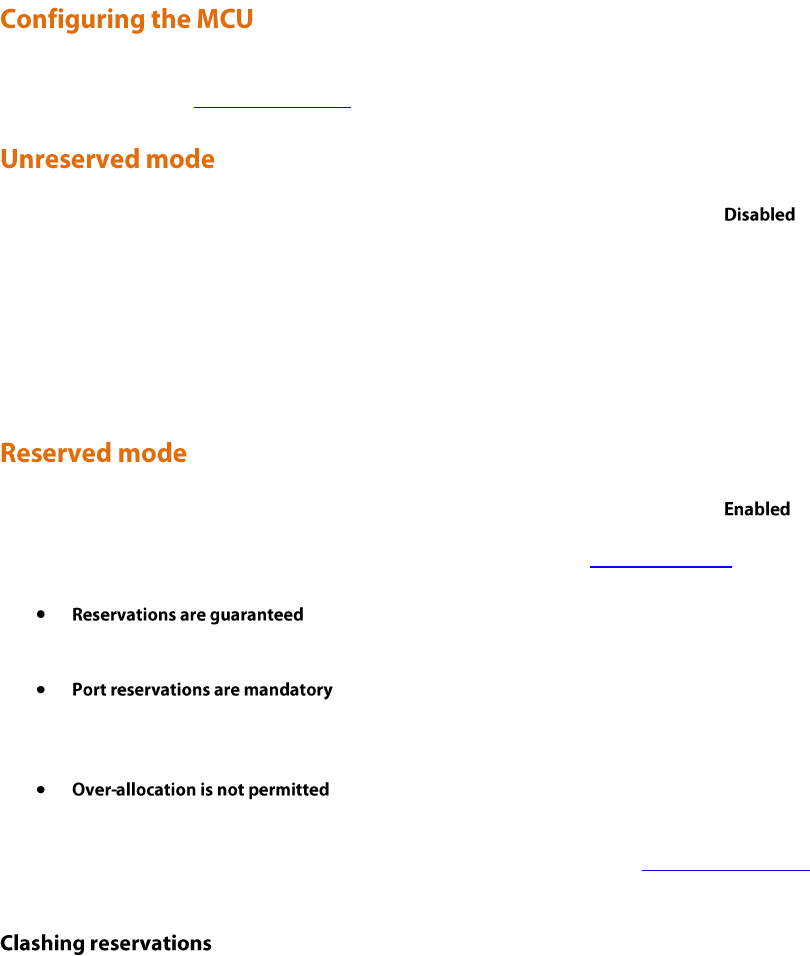
39
How MCU media ports are allocated, and which options and settings are available, is controlled by the Media port
reservation setting on the Conference settings page.
This is the mode that the unit runs in when the Media port reservation setting is configured as , and is the mode
that the MCU uses by default. With this scheme, you can specify a maximum value for the number of video and
audio-only ports each conference is allowed to use on the Conference configuration page. These limits are optional,
and by default there is no configured limit.
The configured limits are strictly maximum values; in particular, setting such a limit does not guarantee that that many
participants will be able to join the conference. It is perfectly possible to set these values such that the sum of the
configured limits across all active conferences exceeds the total number of ports available on the MCU.
This is the mode that the unit runs in when the Media port reservation setting is configured as . With this
scheme, each conference must be configured with a number of video ports to reserve and a number of audio-only
ports to reserve. These values differ from the maximum port values set in Unreserved mode in a number of ways:
As well as being maximum values (i.e. enforcing limits on the number of conference participants), port
reservation values also guarantee that that many endpoints are able to participate in the conference.
In unreserved mode, it is not necessary to specify a number of video or audio-only ports for a conference. In
reserved mode, however, every conference must have configured reservations for both video and audio-only
ports.
Port reservations guarantee that a certain number of participants will be able to join a conference; because of
this, the MCU will not permit these reservations to be configured such that the total number of reserved
ports at any given time exceeds the total number of ports available. See Clashing reservations for additional
information.
In order to honor configured port reservations, the MCU must ensure that at any given time the number of reserved
ports does not exceed the total media capacity. This entails some level of clash detection when conferences are
scheduled or their configuration changed.
Two conferences are considered to clash if they can ever be active simultaneously. When validating a conference
schedule, the MCU looks at the maximum number of ports reserved by other conferences which can be active at the
same time, and checks that the number of ports requested by the conference being added or changed is guaranteed to
be available. If, for instance, the MCU has 20 video ports available in total, it will not be possible to set up two
conferences which require 15 video ports each if they are scheduled such that they ever overlap.
In the simple case of conferences which start at specific times and end at specific times (or, indeed, are permanent), it
is easy to see whether they clash. The more complex cases involve repetition, and it is important to bear in mind that




